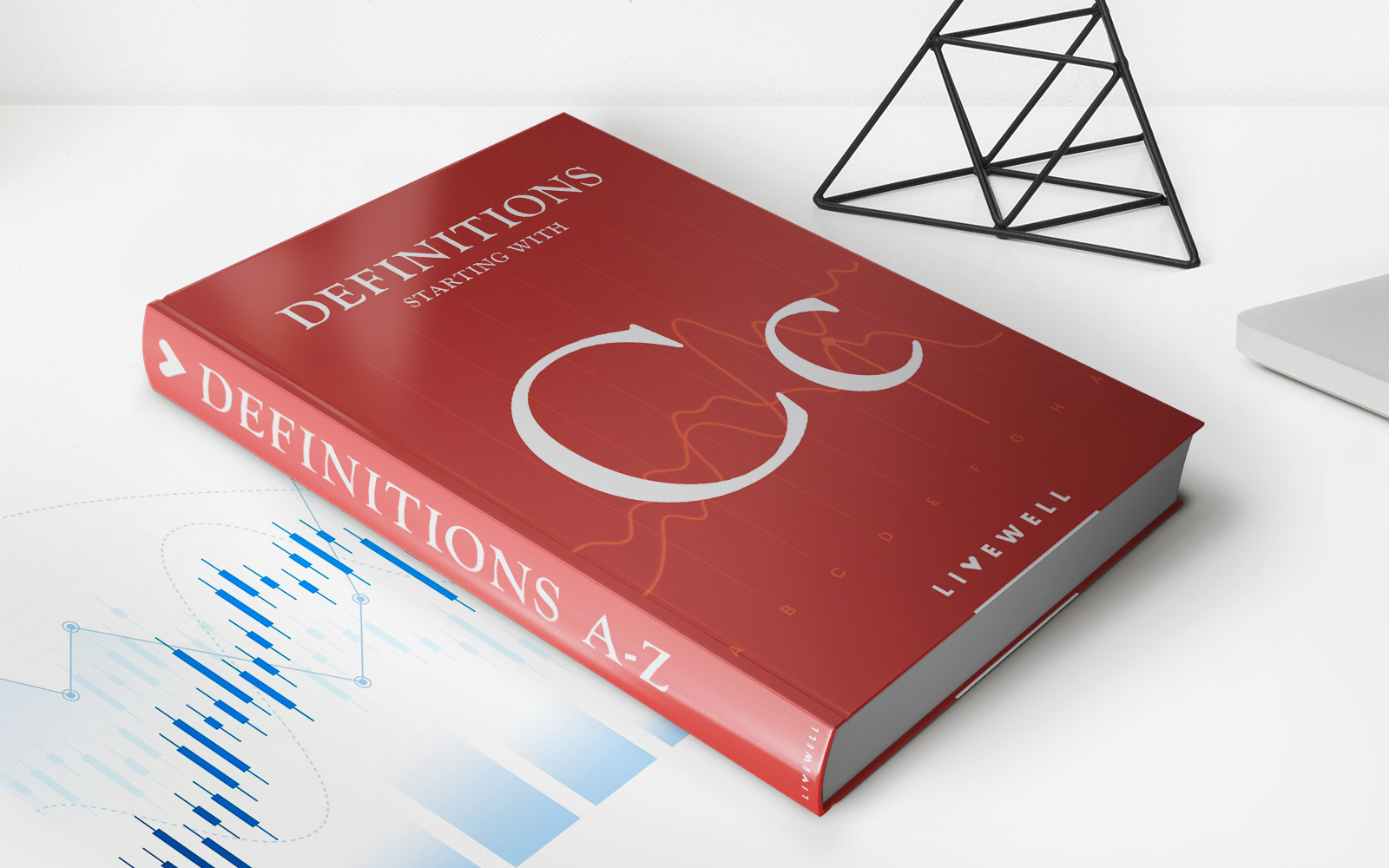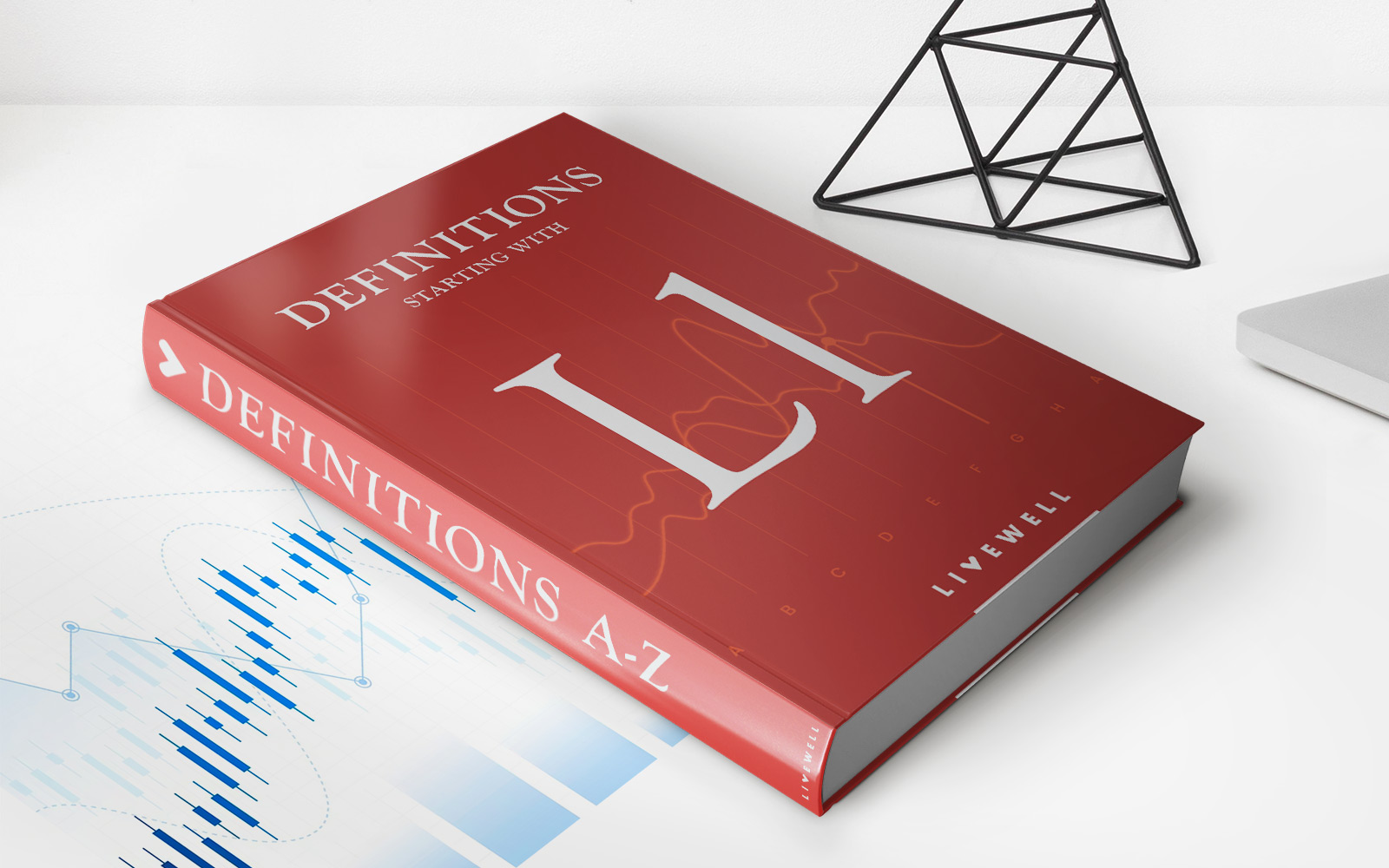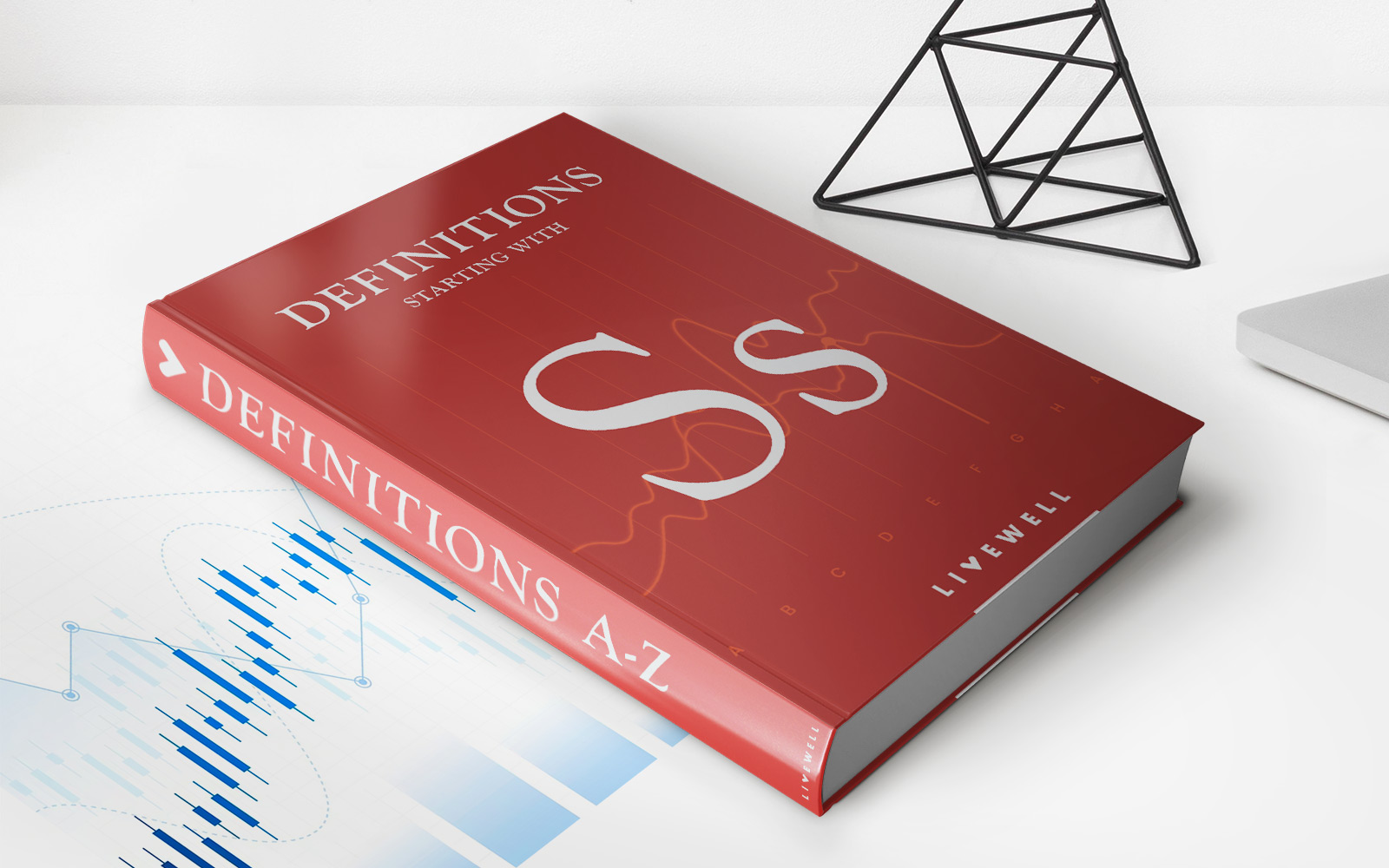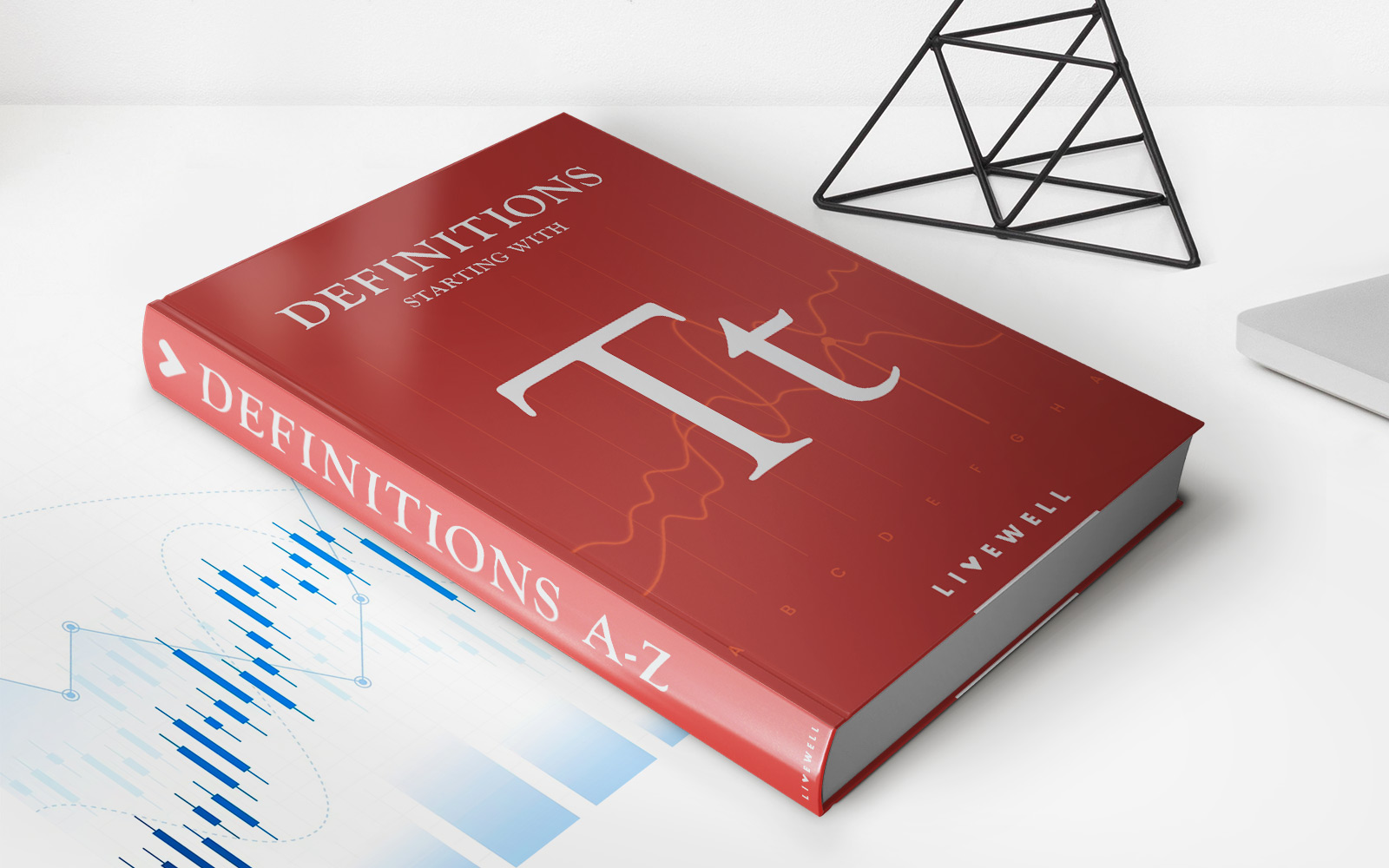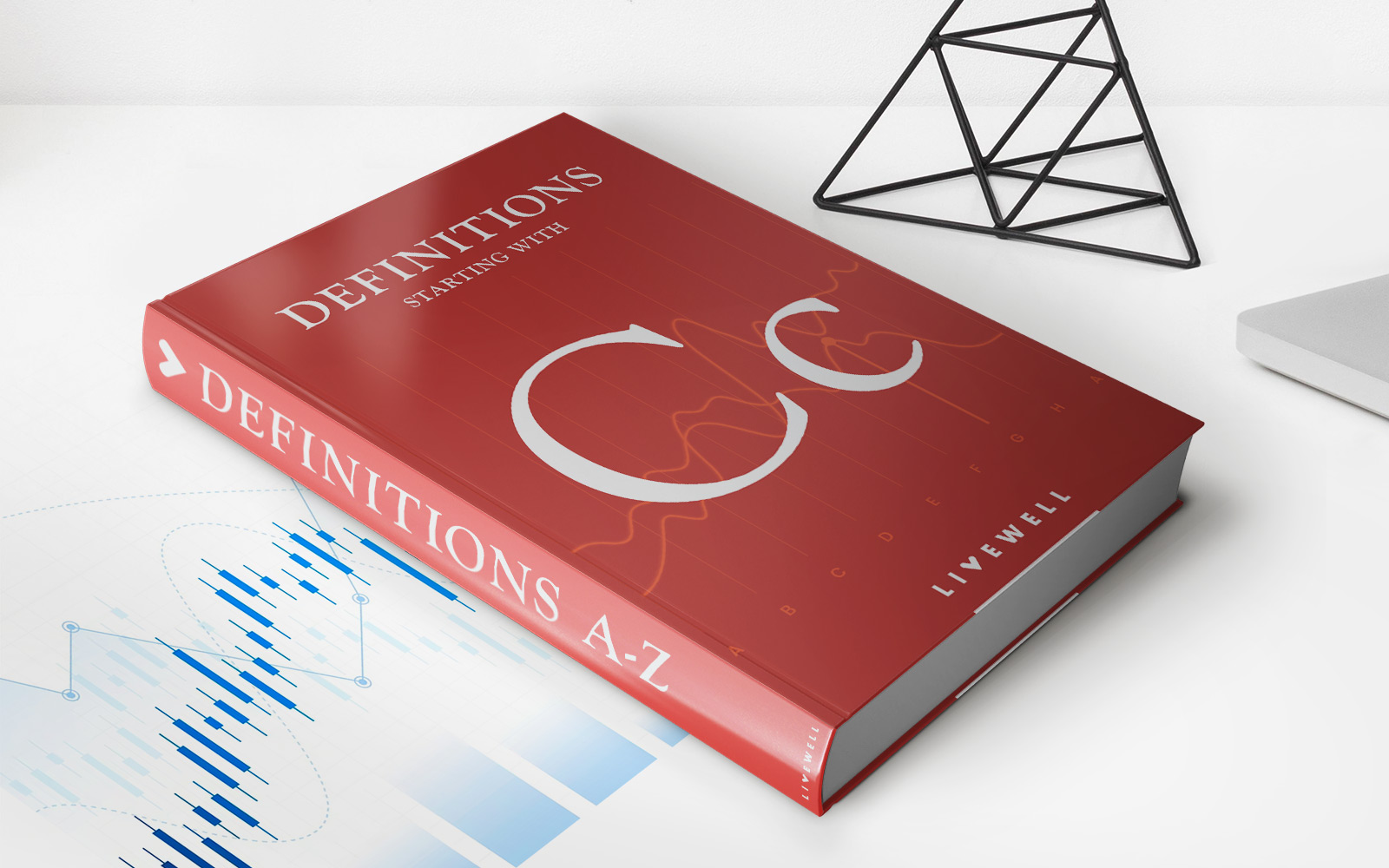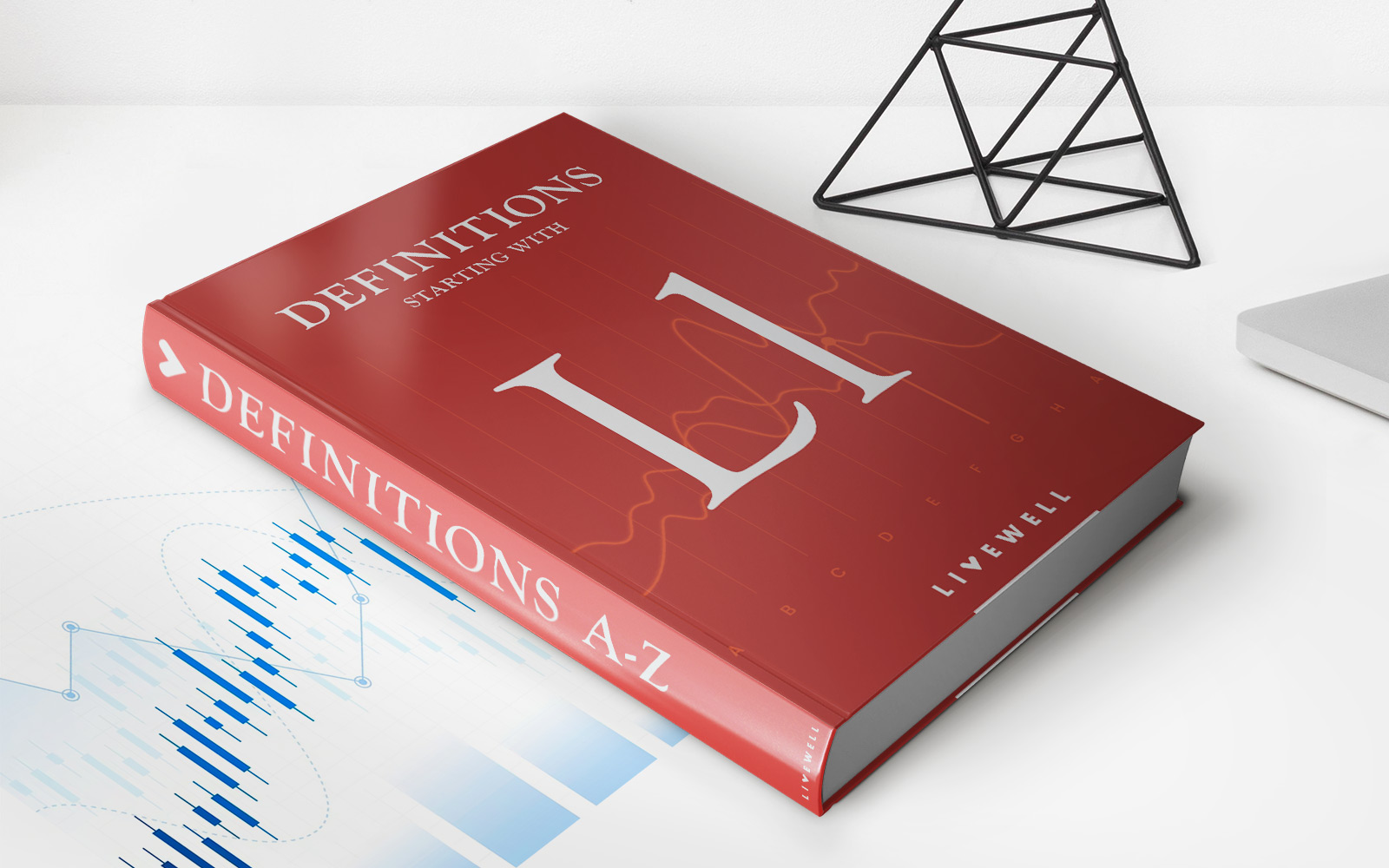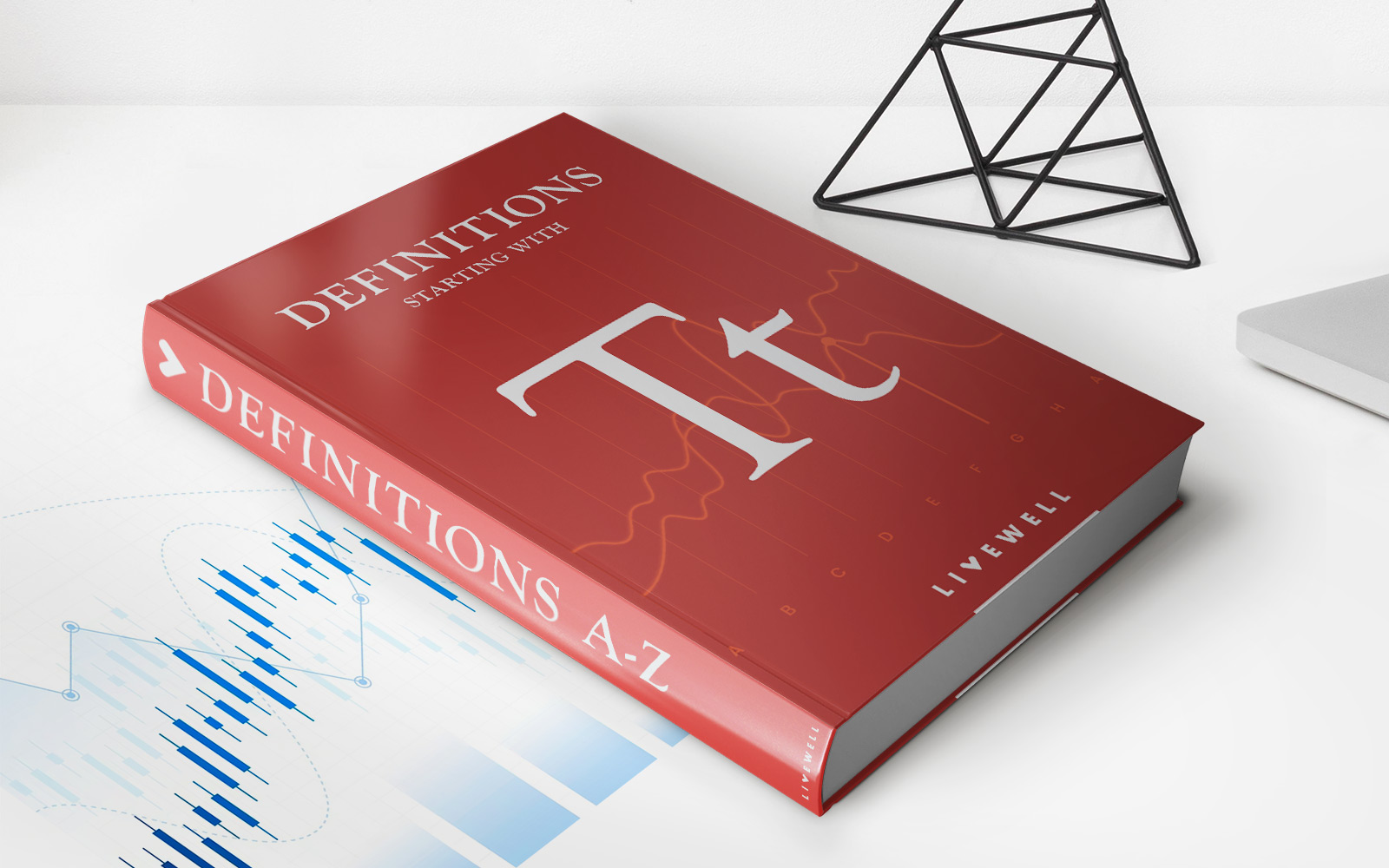Home>Finance>Noncurrent Liabilities: Definition, Examples, And Ratios
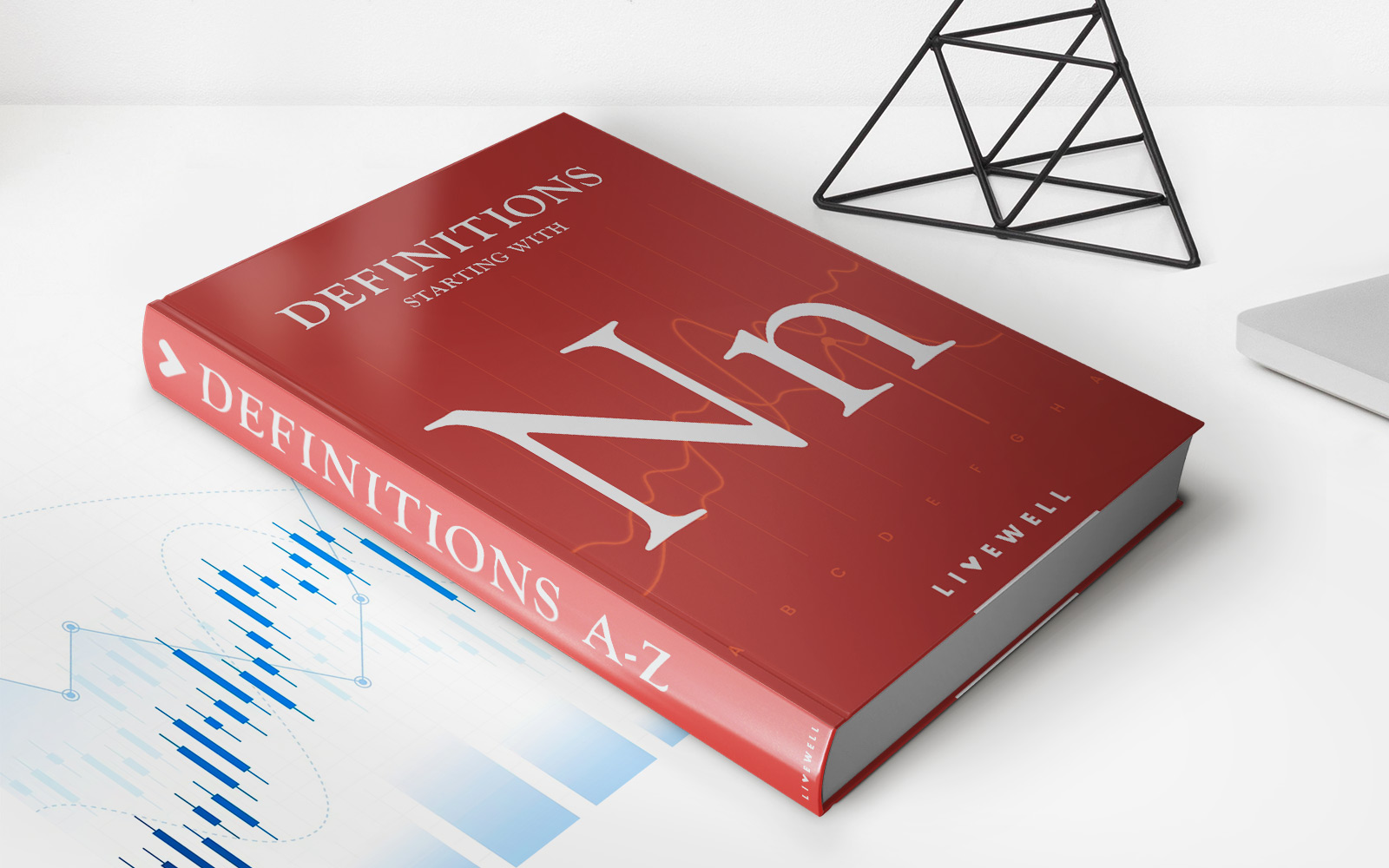

Finance
Noncurrent Liabilities: Definition, Examples, And Ratios
Published: January 1, 2024
Looking to understand noncurrent liabilities in finance? Learn the definition, explore examples, and discover how ratios are used in this insightful guide.
(Many of the links in this article redirect to a specific reviewed product. Your purchase of these products through affiliate links helps to generate commission for LiveWell, at no extra cost. Learn more)
Understanding Noncurrent Liabilities: Definition, Examples, and Ratios
When it comes to managing finances, it’s essential to understand the different types of liabilities that a company may have. Noncurrent liabilities are one such category that plays a significant role in financial planning and analysis. In this blog post, we will delve into the definition, provide examples, and explore the ratios associated with noncurrent liabilities.
Key Takeaways:
- Noncurrent liabilities are obligations that are due beyond the next year and are not expected to be settled within the normal operating cycle of a business.
- Examples of noncurrent liabilities include long-term loans, deferred revenue, lease obligations, pension obligations, and bonds payable.
What are Noncurrent Liabilities?
Noncurrent liabilities, also known as long-term liabilities, are financial obligations that extend beyond the next year and are not expected to be settled within the normal operating cycle of a business. These liabilities are an important aspect of financial management as they represent the long-term financial commitments that a company has.
Unlike current liabilities, which are due within the next year, noncurrent liabilities have a longer repayment timeline. These obligations typically require a more strategic approach and planning, as they can have a significant impact on a company’s financial health and borrowing capacity.
Examples of Noncurrent Liabilities
Let’s take a closer look at some common examples of noncurrent liabilities:
- Long-term Loans: These are loans with a repayment period extending beyond one year. Companies may take out long-term loans to finance large projects or make significant investments.
- Deferred Revenue: Deferred revenue refers to payments received in advance for goods or services that are yet to be delivered. This liability is recognized on the balance sheet until the goods or services are provided.
- Lease Obligations: Companies may enter into long-term lease agreements for office spaces, vehicles, or equipment. These lease obligations are considered noncurrent liabilities as they extend beyond the next year.
- Pension Obligations: Many companies offer pension plans to their employees. The obligation to provide future pension payments is classified as a noncurrent liability.
- Bonds Payable: Bonds are issued by companies to raise capital from investors. The bonds payable represent the long-term debt that the company owes to bondholders.
Noncurrent Liabilities Ratios
Financial ratios are commonly used to evaluate a company’s financial health and its ability to meet its long-term obligations. Here are two key ratios associated with noncurrent liabilities:
- Debt-to-Equity Ratio: This ratio measures the proportion of debt and equity financing used by a company. It indicates the level of financial risk faced by a company and its ability to repay its long-term liabilities.
- Times Interest Earned Ratio: This ratio evaluates a company’s ability to make interest payments on its long-term debt. It measures the company’s earnings before interest and taxes (EBIT) relative to its interest expense.
By analyzing these ratios, investors and creditors can gauge the financial stability of a company and make informed decisions.
Conclusion
Noncurrent liabilities are an integral part of financial management, reflecting a company’s long-term obligations. Understanding noncurrent liabilities and their impact on a company’s financial health is crucial for effective financial planning and decision-making. By recognizing examples of noncurrent liabilities and analyzing relevant ratios, businesses can navigate their financial landscape with confidence.
Remember, managing noncurrent liabilities is just one piece of the financial puzzle. Be sure to have a holistic view of your company’s financial situation and seek professional advice when needed.


